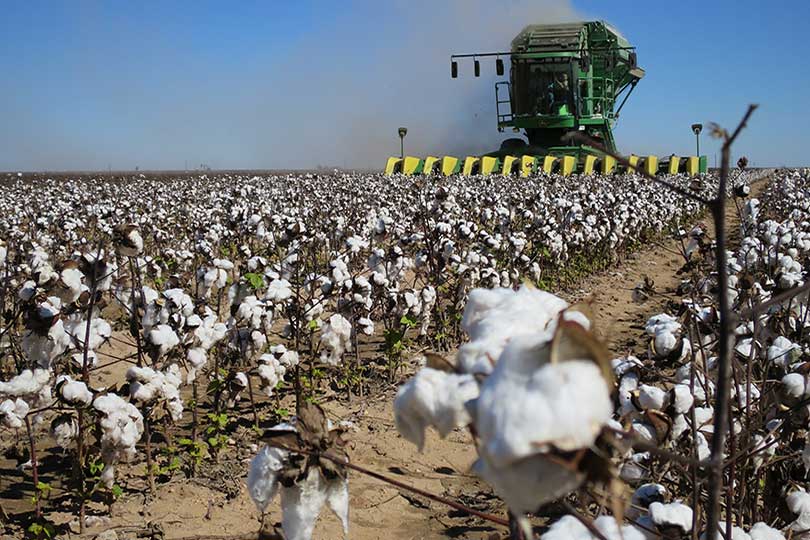A majority of representative farms in major U.S. production regions used to project future farm financial conditions would face serious cash flow shortfalls based on 2016 crop prices, a Texas A&M AgriLife Extension Service economist told members of the U.S. House Committee on Agriculture.
Dr. Joe Outlaw, co-director of the Agricultural and Food Policy Center at Texas A&M University in College Station, said projections indicate 17 of the 23 feed grain and oilseed farms are projected to be in moderate or poor financial condition.
Nine of the 11 wheat farms are projected to be in moderate or poor financial condition, and 11 of the 15 cotton farms are projected to be in moderate or poor financial condition.
“There was only one farmer who reported making a profit on the 2016 crop,” Outlaw said. “Corn farmers from North Dakota and Iowa, as well as cotton farmers from West Texas, indicated the only reason they broke even in 2016 was record yields.”
Outlaw said most indicated equity positions were down at least 20 percent from 2013.
Land values had declined some with many reporting substantial declines in equipment values as a major cause of lower equity in addition to having to borrow more.
“Many of the farmers from the South mentioned a growing number of farm equipment sales by farmers who either retired on their own or were persuaded to retire by their lenders,” Outlaw said. “Their overall observations about the current financing environment were very discouraging to say the least. They all indicated there is nothing else left to cut.”
Outlaw noted that the safety net in the 2014 Farm Bill has worked as intended for all crops except for cotton, helping an “overwhelming majority of U.S. producers stay in business through some very difficult times.”
He also said that in the three years since the 2014 Farm Bill went into effect, crop cash receipts have fallen from $211.4 billion in 2014 to $187.7 billion in 2016, a decline of $23.7 billion.

